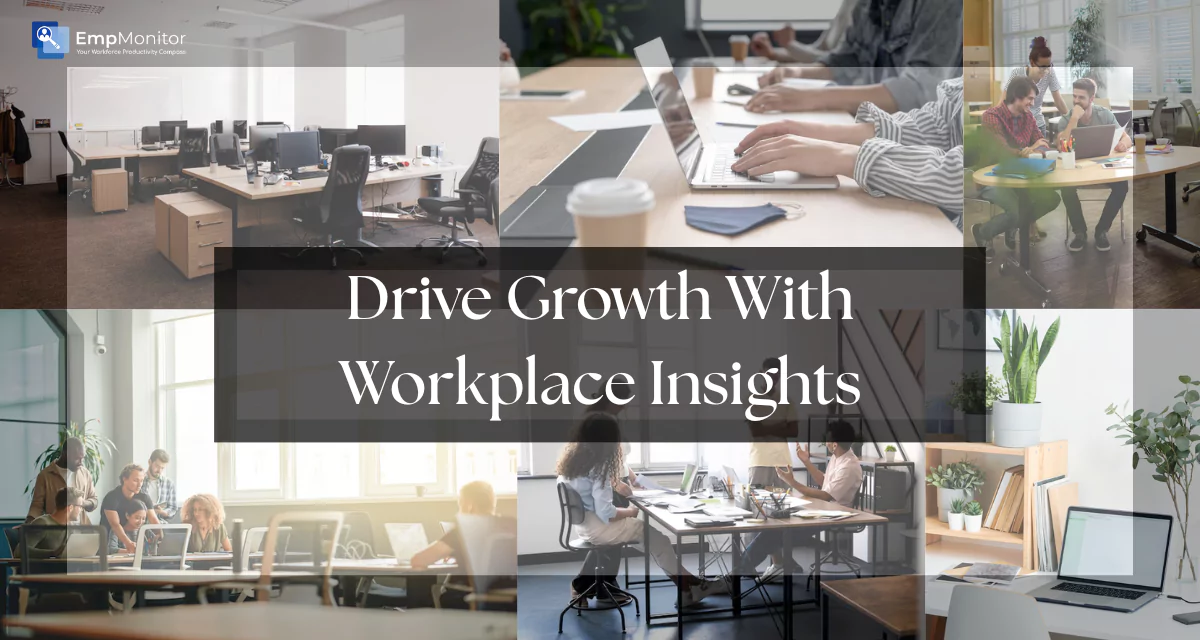Simply knowing what your team is doing isn’t enough; you need to understand how they’re doing it. It’s not just about tracking output anymore; it’s about uncovering the story behind that output. Who’s making the biggest impact? Where are the bottlenecks? And what can you do to help your team thrive?
That’s where workplace insights come in. By tapping into meaningful data around productivity, collaboration, and employee behavior, leaders can gain a clearer picture of how their teams work. These insights don’t just show numbers; they highlight opportunities to support your people, streamline workflows, and build a more engaged, high-performing team.
So, what exactly are insights, and how can they help you unlock your team’s full potential? Let’s explore.
In a hurry? Listen to the blog instead!
What Are Workplace Insights?

Why Are Workplace Insights Important?
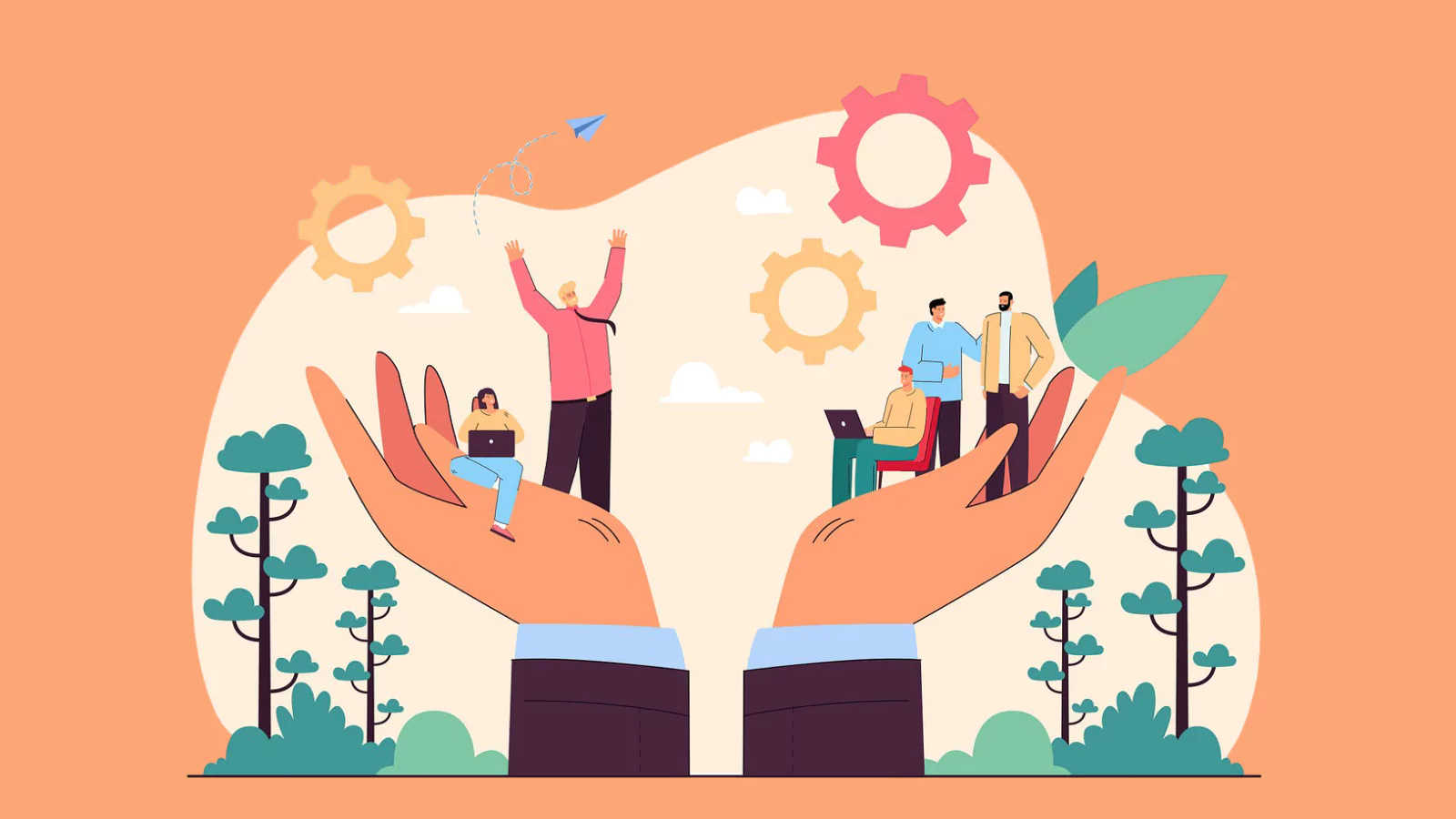
- What tasks take up most of the team’s time?
- Are employees working too much overtime?
- Are tools and resources being utilized efficiently?
- Where can productivity be improved?
Workplace insights help answer these questions and more. They guide decision-making backed by real-time data rather than gut feelings. This ensures fair, measurable, and strategic improvements.
With the right insights, leaders can identify patterns, reduce inefficiencies, and support their teams in more meaningful ways. It’s not just about boosting productivity — it’s about creating a healthier, more balanced, and performance-driven work culture. Tools like EmpMonitor can help you uncover these insights with clarity, making it easier to build a workplace where both people and performance thrive.
How EmpMonitor Helps You Unlock Workplace Insights?

EmpMonitor is a leading workforce analytics and employee monitoring tool designed to offer complete visibility into team activity, productivity patterns, and workflow efficiency.
Key Features of EmpMonitor:
-
Employee Monitoring Software
Enhancing team performance starts with understanding how your employees work. Employee Monitoring Software offers detailed team activity analysis and insights into both daily and hourly behaviors. Tracking distributed workforces and analyzing context-rich data allows organizations to identify productivity gaps and streamline workflows for greater success.
-
User Activity Monitoring
Managing a productive team requires visibility into day-to-day operations. User Activity Monitoring provides granular insights into how employees interact with systems, websites, and apps throughout the day. With context-rich reporting, it helps leaders understand not just what is being done, but how effectively it’s being executed.
-
Real-Time Activities Tracking
To stay responsive in a fast-moving environment, real-time data is essential. This feature tracks application use, website visits, and overall productivity on a live dashboard. It allows managers to identify idle or active employees instantly and filter insights by person, time, or task, all while maintaining role-based data access for security.
-
Time-Tracking
Gain a deeper understanding of how your employees spend their work hours with advanced time-tracking tools. These systems provide automated timesheets, highlight patterns of productivity or idleness, and offer accountability through detailed performance reports. It’s ideal for recognizing high performers and optimizing time use across teams.
-
Attendance Monitoring
Efficient attendance and leave tracking are key to operational clarity. With this system, you can automate attendance logs, manage leaves paperlessly, and access a centralized dashboard for real-time visibility. It also helps HR streamline payroll by linking attendance data directly to payslip generation, ensuring accuracy and compliance.
-
Workforce Productivity & Engagement
Understanding how engaged your employees are is critical to improving team dynamics. This feature offers 360-degree insights through time-tracking, workflow analysis, and project data. It supports better decision-making by linking performance to real behaviors, helping organizations boost productivity while also fostering employee engagement.
With EmpMonitor, leaders gain criteria workplace insights that go beyond surface metrics. From understanding how individual roles contribute to overall goals to identifying areas that need support or training, EmpMonitor delivers clarity at scale.
What Are The Key Benefits Of Leveraging Workplace Insights?
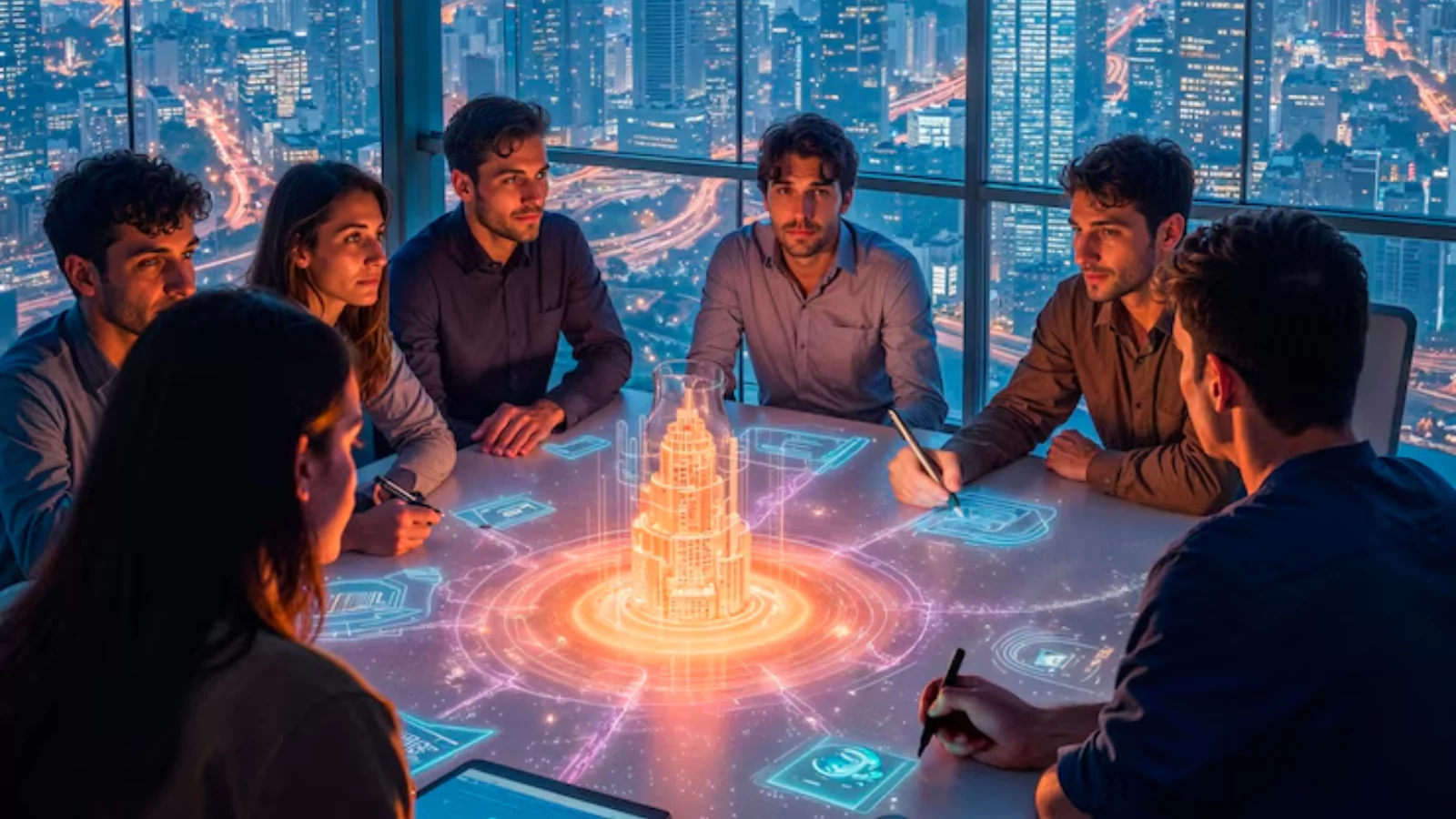
- Enhanced Productivity
By identifying tasks, tools, or processes that slow down your team, you can reallocate resources, streamline workflows, and boost overall output. Insights provide a clear picture of what’s helping versus what’s holding progress back.
- Better Workforce Planning
Understanding how workloads are distributed enables managers to assign tasks more effectively, prevent burnout, and plan for future needs. Whether it’s smarter scheduling or strategic hiring, insights support better decision-making.
- Improved Employee Engagement
Recognizing early signs of disengagement allows leaders to act fast. Whether it’s through coaching, feedback, or added support, timely intervention helps keep morale and motivation high.
- Stronger Data-Driven Culture
When decisions are rooted in data, teams become more accountable, focused, and self-aware. This fosters a culture of transparency, trust, and shared responsibility for performance.
In short, workplace insights aren’t just about metrics; they’re about unlocking your team’s full potential with clarity and confidence.
Read More
How To Use Workplace Insights Effectively?
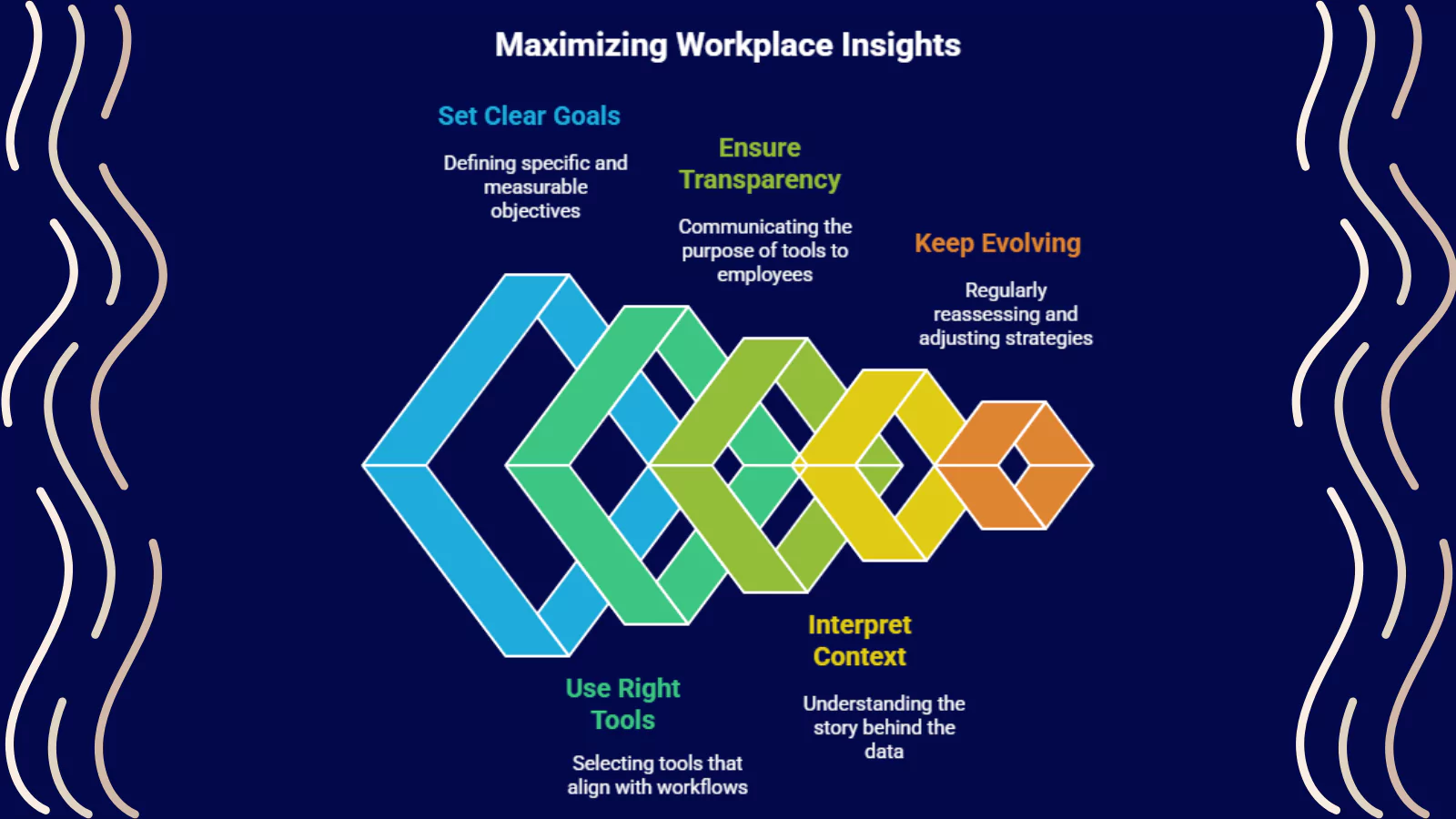
- Set Clear Goals
Know exactly what you want to achieve. Are you aiming to increase team productivity by 10%? Reduce idle time by half? Setting specific benchmarks gives you something measurable to track progress against. - Use the Right Tools
Choose tools that align with your workflows and integrate smoothly with your current systems. Look for features like real-time tracking, automation, detailed reports, and intuitive dashboards to get the most value. - Ensure Transparency
Be upfront with your team about how and why productivity tools are being used. When employees understand the purpose, they’re more likely to support the process rather than feel micromanaged. - Interpret Context, Not Just Data
Numbers tell part of the story, but not everything. A drop in screen time could mean someone is in meetings, brainstorming, or working offline. Combine data with real-world context to make well-rounded decisions. - Keep Evolving
Your workplace isn’t static; neither should your insights strategy be. Regularly reassess your goals, review your metrics, and adjust your approach as your team’s needs change.
When used thoughtfully, workplace insights don’t just inform decisions, they drive growth, build trust, and create a healthier, more productive work environment.
What Are The Real-World Examples Of Workplace Insights In Action?
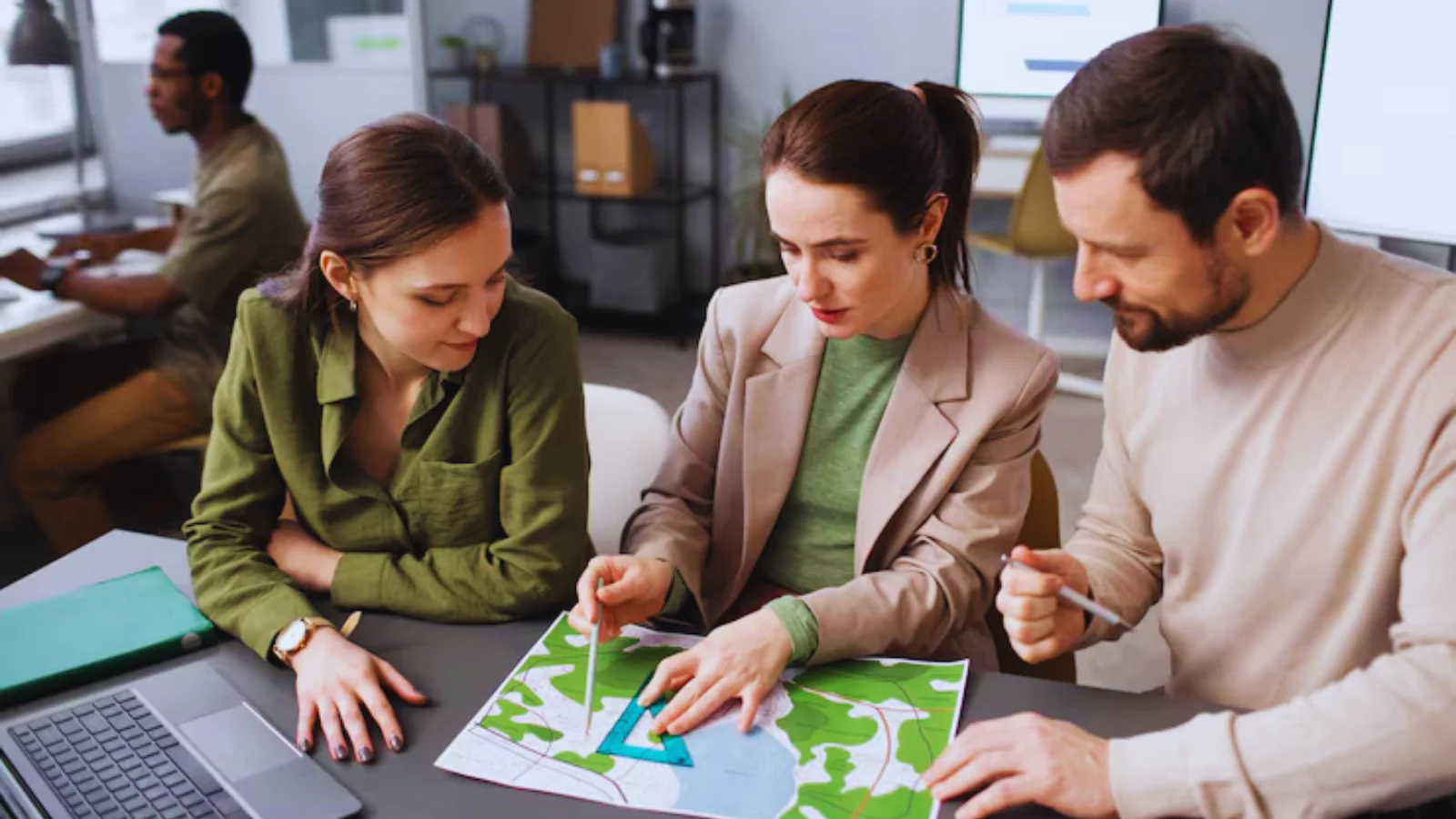
Case Study 1: Streamlining Customer Support Teams
A SaaS company analyzed support team productivity and discovered that peak response times occurred mid-morning, while the late afternoon showed the highest idle time. Using this insight, they redistributed workloads more evenly, leading to an 18% boost in ticket resolution speed.
Case Study 2: Identifying Training Gaps
An e-commerce brand noticed dips in productivity among new hires. Workplace insights revealed that junior employees were spending too much time navigating specific CRM features. In response, the company introduced targeted onboarding sessions, resulting in a 30% improvement in task completion time.
Case Study 3: Recognizing Top Performers
A remote marketing agency wanted to reward high-performing team members. By tracking deadline adherence, active time, and idle ratios, they identified top contributors and recognized their efforts. This recognition not only boosted individual morale but also inspired better performance across the team.
These examples show how workplace insights, when used thoughtfully, can lead to smarter decisions, stronger teams, and better business outcomes.
Why Privacy Matters In Workplace Monitoring?
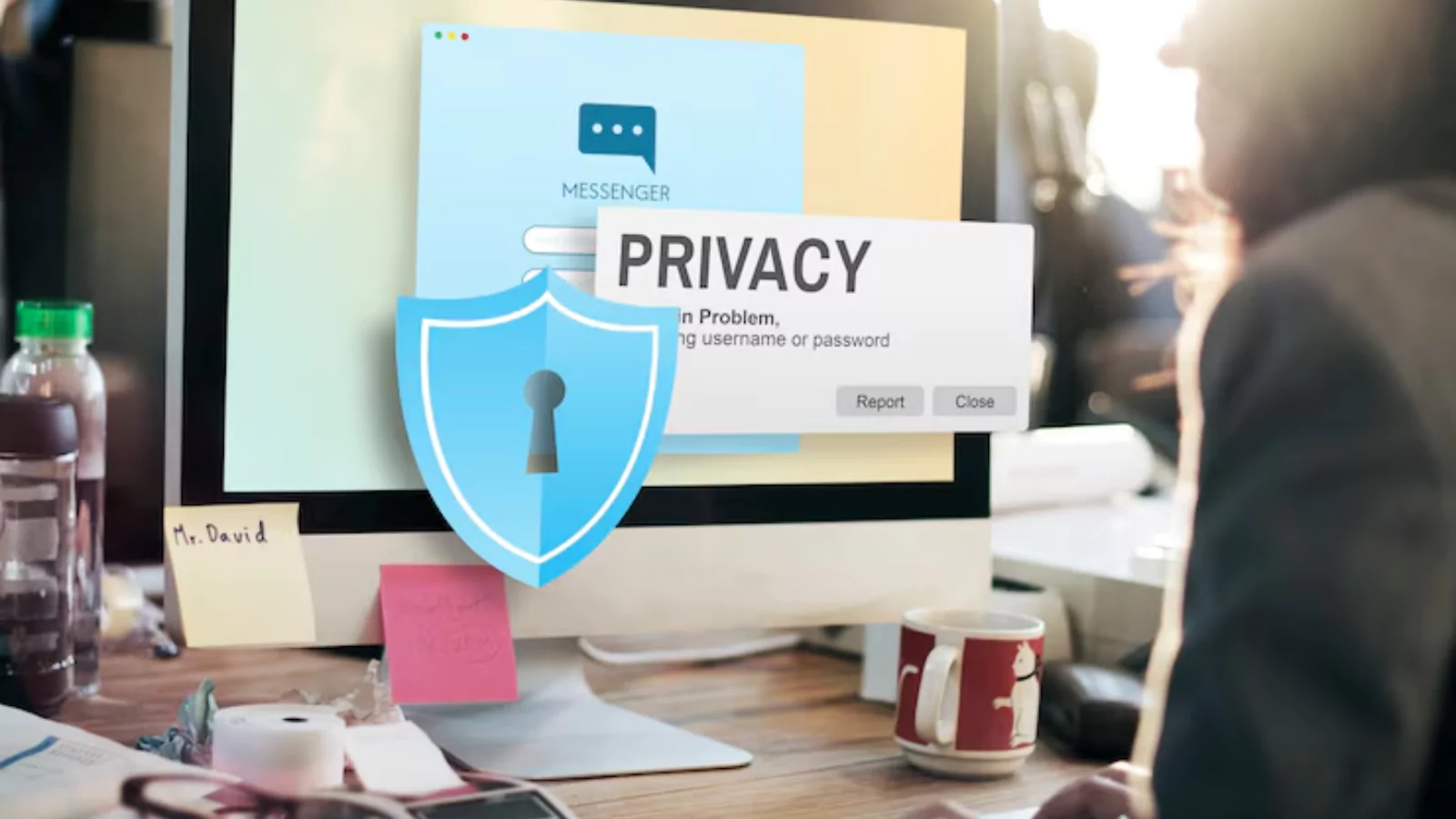
Here are some best practices to ensure responsible and respectful data use:
- Inform employees about the monitoring tools being used and what data is being collected.
- Communicate the purpose, such as improving productivity, optimizing workflows, or supporting time management.
- Restrict access to sensitive information to only those who truly need it.
- Rely on aggregated data when making team-wide decisions to avoid singling out individuals unfairly.
- Give employees access to their reports, so they can understand their performance and identify areas for growth.
Tools that follow global data protection regulations, like GDPR, help ensure monitoring stays legal, fair, and respectful.
In the end, ethical monitoring is about building a culture of openness and improvement, where insights are used not to control, but to empower.
What Are The Trends Shaping The Future Of Workplace Insights?
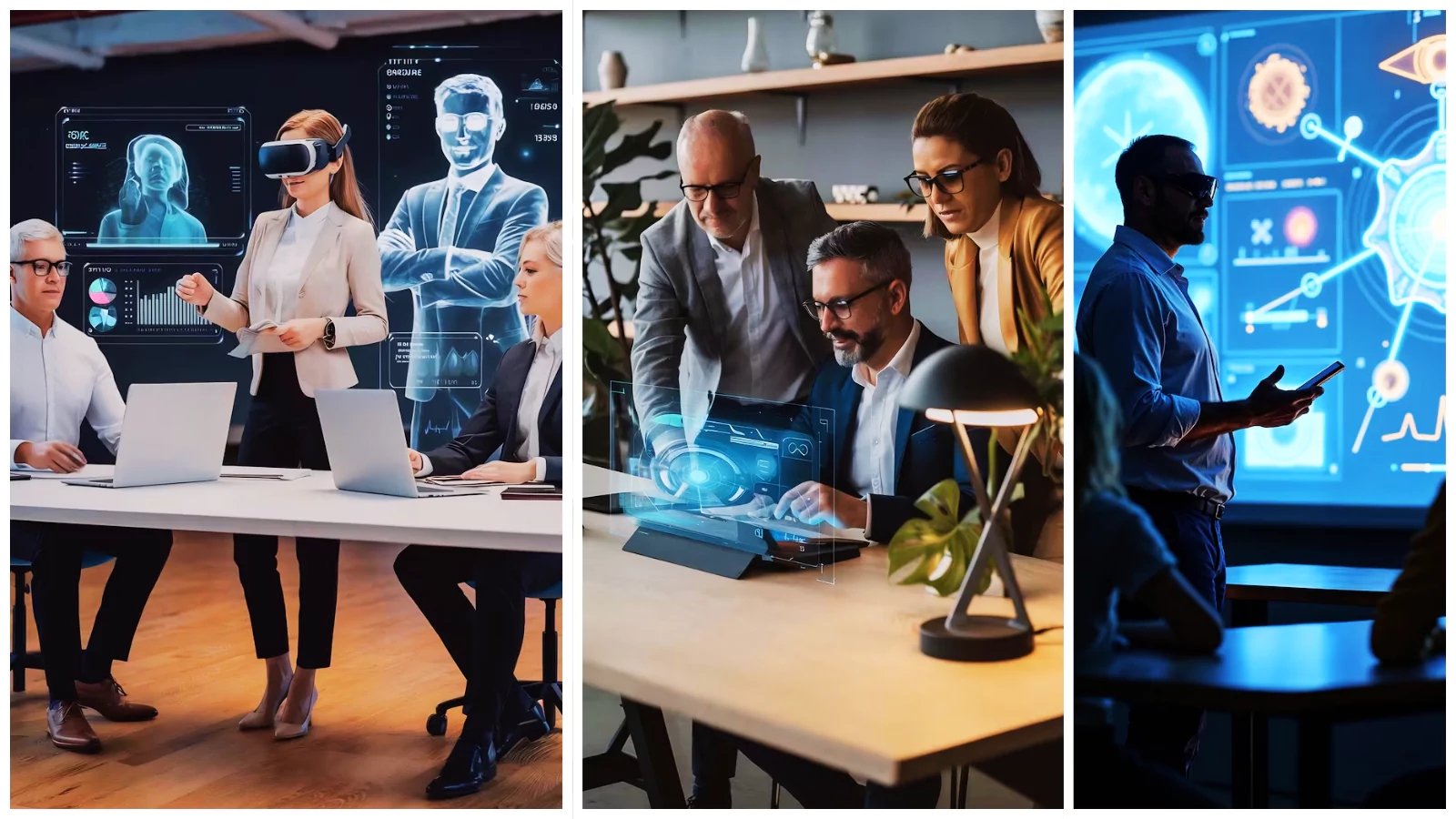
- AI-Powered Predictions
Artificial intelligence is starting to analyze behavioral data to forecast performance and engagement. This helps organizations intervene early, before issues like burnout or disengagement become serious problems. - Integration with Collaboration Platforms
Insights are increasingly being pulled from platforms like Slack, Zoom, and Microsoft Teams. These integrations offer a richer, more holistic view of how teams communicate, collaborate, and perform across different tools. - Employee Self-Coaching Tools
Emerging platforms are beginning to offer dashboards that allow employees to view their productivity metrics, set personal goals, and take charge of their improvement, fostering greater accountability and growth. - Gamification and Motivation
Turning productivity data into friendly challenges, leaderboards, or rewards is making performance tracking more engaging. This approach boosts motivation while reducing the stress associated with traditional monitoring.
Together, these trends signal a shift toward more intelligent, transparent, and employee-centric workplaces, where data doesn’t just monitor performance, but actively supports and inspires it.
The Bottom Line
Workplace dynamics are changing rapidly, and relying on gut instincts or outdated strategies just doesn’t cut it anymore. Today’s leaders need real-time, actionable insights to make smarter decisions, support their teams, and drive performance, without pushing employees to the brink of burnout.
That’s where a platform like EmpMonitor comes in, helping organizations uncover meaningful patterns, optimize workflows, and manage their workforce with clarity and confidence.
With the right insights, you’re not just tracking activity, you’re building a healthier, more productive workplace that’s ready for the future.
FAQs
Q1. How can workplace engagement insights improve employee retention?
Workplace engagement insights help leaders understand what keeps employees motivated, connected, and satisfied at work. By identifying areas where engagement levels drop — such as lack of recognition, poor communication, or overwhelming workloads — organizations can take targeted actions to improve the employee experience. Recognizing and addressing these factors proactively reduces turnover and fosters long-term loyalty.
Q2. What is the difference between insights workplace analytics and traditional HR metrics?
Insights workplace analytics go much deeper than traditional HR metrics. While standard metrics focus on basic data like headcount, absenteeism, or turnover rates, insights workplace analytics analyze behavior, collaboration patterns, and productivity trends in real-time. This provides a clearer, actionable view of how employees work, which helps leaders make smarter decisions about improving workflows and team dynamics.
Q3. Why is workforce monitoring important for remote teams?
Workforce monitoring is essential for managing distributed and remote teams effectively. It provides visibility into employee activities, ensuring accountability without micromanagement. By understanding how remote employees spend their time and what challenges they face, managers can offer better support and maintain productivity across locations, while also identifying opportunities for collaboration and improvement.
Q4. How does workforce management benefit from data-driven insights?
Data-driven workforce management enables leaders to plan schedules efficiently, balance workloads, and allocate resources strategically. It helps prevent employee burnout by distributing tasks fairly and ensures that each team member’s skills are used effectively. This results in a more organized, productive, and engaged workforce.
Q5. What features should you look for in workforce productivity monitoring software?
When choosing workforce productivity monitoring software, look for tools that provide real-time tracking, detailed performance reports, automated timesheets, and workflow analytics. It should also prioritize data security and transparency, ensuring employees understand how their data is being used to improve both individual and team performance.

